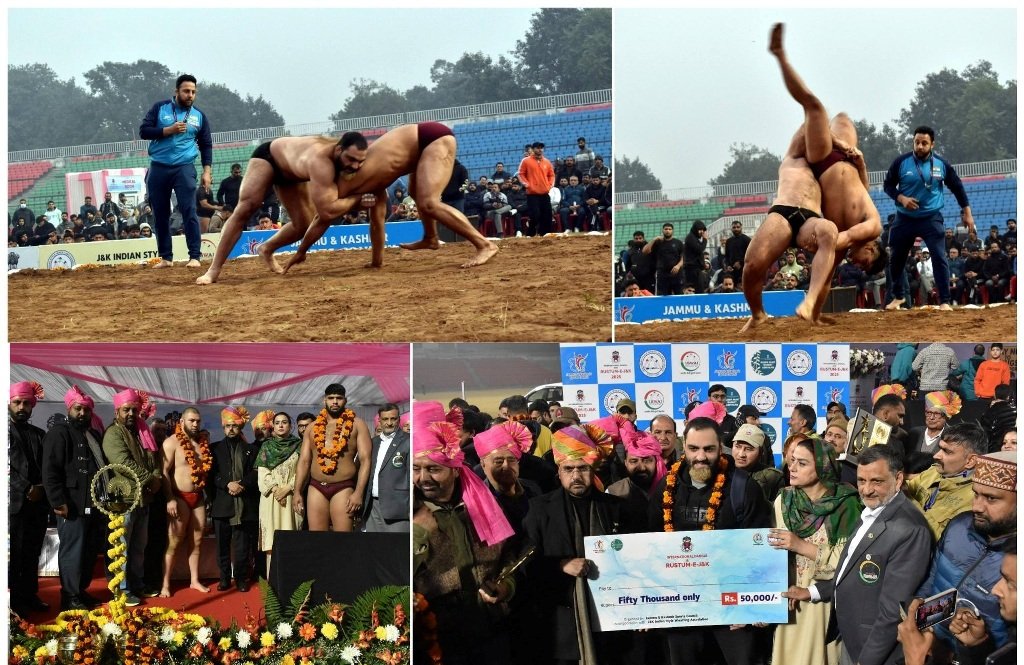The Amarnath Yatra Temperature 2025, a deeply spiritual journey to the sacred Amarnath Cave shrine in Jammu and Kashmir, is set to begin on July 3, 2025, and conclude on August 9, 2025. This year’s pilgrimage will span 38 days, shorter than the 52-day Yatra in 2024, and will prioritize health, emergency preparedness, and safety measures. Advanced registration opened on April 15, 2025, allowing pilgrims to book their permits at 533 designated bank branches across India.
As thousands of devotees chant “Bam Bam Bhole” in devotion to Lord Shiva, it’s crucial to understand the temperature variations and climatic conditions that pilgrims will encounter during different seasons along the Amarnath Yatra route.
Tatkal and Online Registration With RFID Tracking
To streamline the registration process, the administration has introduced both advance and tatkal (on-the-spot) registration systems. Pilgrims can register at five major centres:
- Lakhanpur
- Samba
- Jammu
- Chanderkote
- Banihal
A daily quota system will be used for tatkal registration. Once registered, pilgrims will receive RFID cards, which will be mandatory for tracking and security purposes throughout the Yatra. This RFID system ensures real-time monitoring and enhances the overall management of pilgrim movement.
Weather Conditions During the Amarnath Yatra
Knowing the weather patterns is essential for preparing for this high-altitude Himalayan pilgrimage. Here’s a breakdown of the temperature and travel feasibility across the three primary seasons:
Amarnath Weather in Summer (March – June)
Temperature Range: 5°C to 20°C
The summer season is generally regarded as the most favorable period for trekking to the holy Amarnath Cave. The moderate weather offers clear skies and accessible trails, attracting a surge of pilgrims seeking divine blessings.
Key Highlights:
- Trekking routes like Pahalgam and Baltal are open and navigable.
- Glacial melt provides breathtaking views of lush valleys and waterfalls.
- Days are comfortably warm, while nights remain cool and crisp.
Pro Tips:
- Carry layered clothing to adjust to varying temperatures.
- Include rain jackets and windcheaters as light showers are common.
- Book accommodations in advance, especially in base camps like Chandanwari and Sonamarg.
Read also: Amarnath Yatra Accommodation | Where to Stay During Amarnath Yatra
Amarnath Yatra in Monsoon (July – September)
Temperature Range: 8°C to 20°C
The Yatra season primarily falls within the monsoon window, making July and early August both spiritually significant and meteorologically challenging. Pilgrims should brace themselves for unpredictable weather.
Monsoon Challenges:
- Heavy rainfall can cause sudden landslides and road blockages.
- Trekking trails become slippery and muddy, demanding extreme caution.
- Visibility may be low due to frequent fog and cloud cover.
Safety Essentials:
- Wear waterproof trekking boots with strong grip.
- Pack water-resistant backpacks, umbrellas, and plastic covers for documents.
- Stay updated with daily weather bulletins issued by local authorities or Shri Amarnathji Shrine Board (SASB).
Despite these obstacles, the spiritual atmosphere intensifies during this time, with nature’s lush greenery offering a tranquil backdrop to this divine expedition.
Read also: History of Amarnath Cave: Sacred Shrine of Shiva in the Himalayas
Amarnath in Winter (October – February)
Temperature Range: -5°C to -15°C
Winter is not suitable for the Amarnath Yatra. The entire region is blanketed in thick snow, and temperatures drop below freezing, making travel dangerous and practically impossible.
Winter Inaccessibility:
- All routes to the Amarnath Cave are closed due to treacherous snow buildup.
- Avalanche risks and icy pathways hinder any form of trekking or exploration.
- The shrine itself remains inaccessible, and the annual pilgrimage is suspended during this season.
Alternative Experience:
Visitors can still admire the snow-covered beauty of Jammu & Kashmir from nearby towns such as Pahalgam, Srinagar, or Gulmarg. These locations offer winter tourism options like skiing, snowboarding, and local sightseeing in a serene setting.
How to Prepare for Amarnath Yatra 2025
1. Physical Fitness and Health Certificates
The pilgrimage involves steep climbs and long treks. Pilgrims must:
- Undergo a mandatory medical check-up.
- Obtain a Compulsory Health Certificate (CHC) from authorized hospitals.
2. Essential Gear Checklist
Carry these essentials:
- Woolen clothing, gloves, mufflers, and thermal inners.
- Raincoats and waterproof shoes.
- Basic first-aid kit and essential medications.
- Dry snacks, energy bars, and rehydration salts.
- A battery-operated torch and power bank.
3. Acclimatization and Altitude Precautions
Since the cave is located at 3,888 meters (12,756 feet), acclimatization is crucial to avoid Acute Mountain Sickness (AMS). Rest adequately at base camps, hydrate frequently, and avoid alcohol or smoking.
Security & Emergency Measures for Yatra 2025
With heightened security concerns and unpredictable weather, the government has reinforced:
- High-tech surveillance, including drones and CCTVs.
- Deployment of CRPF, Army, and police personnel on key routes.
- Medical units, oxygen booths, and disaster response teams at regular intervals.
- Mobile apps and helplines for real-time tracking and weather alerts.
Spiritual Significance of the Amarnath Yatra
The holy Amarnath Cave houses the naturally formed ice lingam of Lord Shiva, symbolizing eternity and divine energy. Legend states that this is the cave where Lord Shiva revealed the secrets of immortality to Goddess Parvati. Undertaking this Yatra is considered an act of ultimate devotion and purification, drawing devotees from across the globe.
The Amarnath Yatra 2025 promises to be a spiritually enriching experience amid the scenic Himalayan grandeur. However, success on this sacred journey depends on physical readiness, weather awareness, and meticulous planning. Understanding the seasonal temperature conditions can help devotees make informed decisions and enhance their overall pilgrimage experience.
















